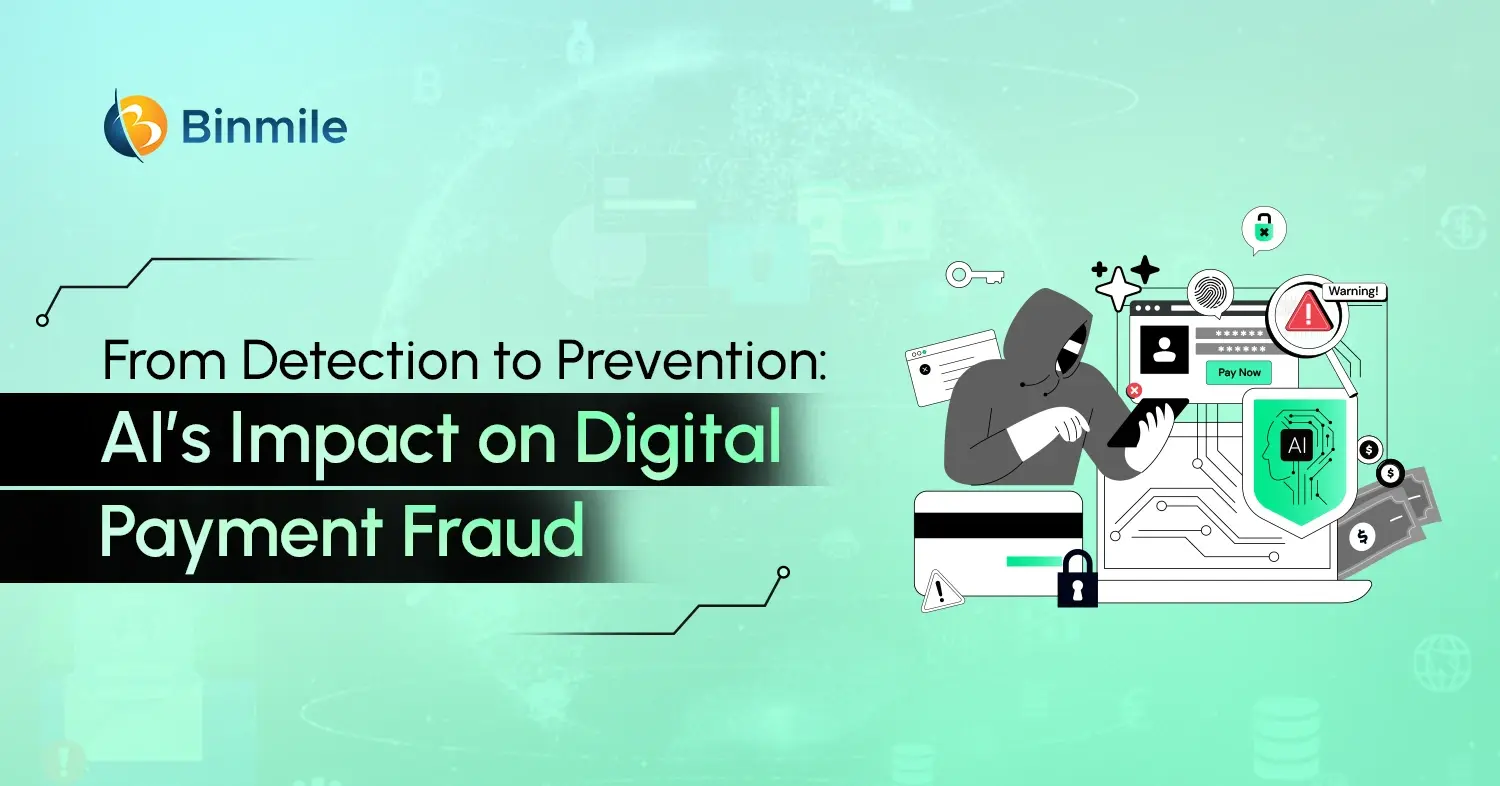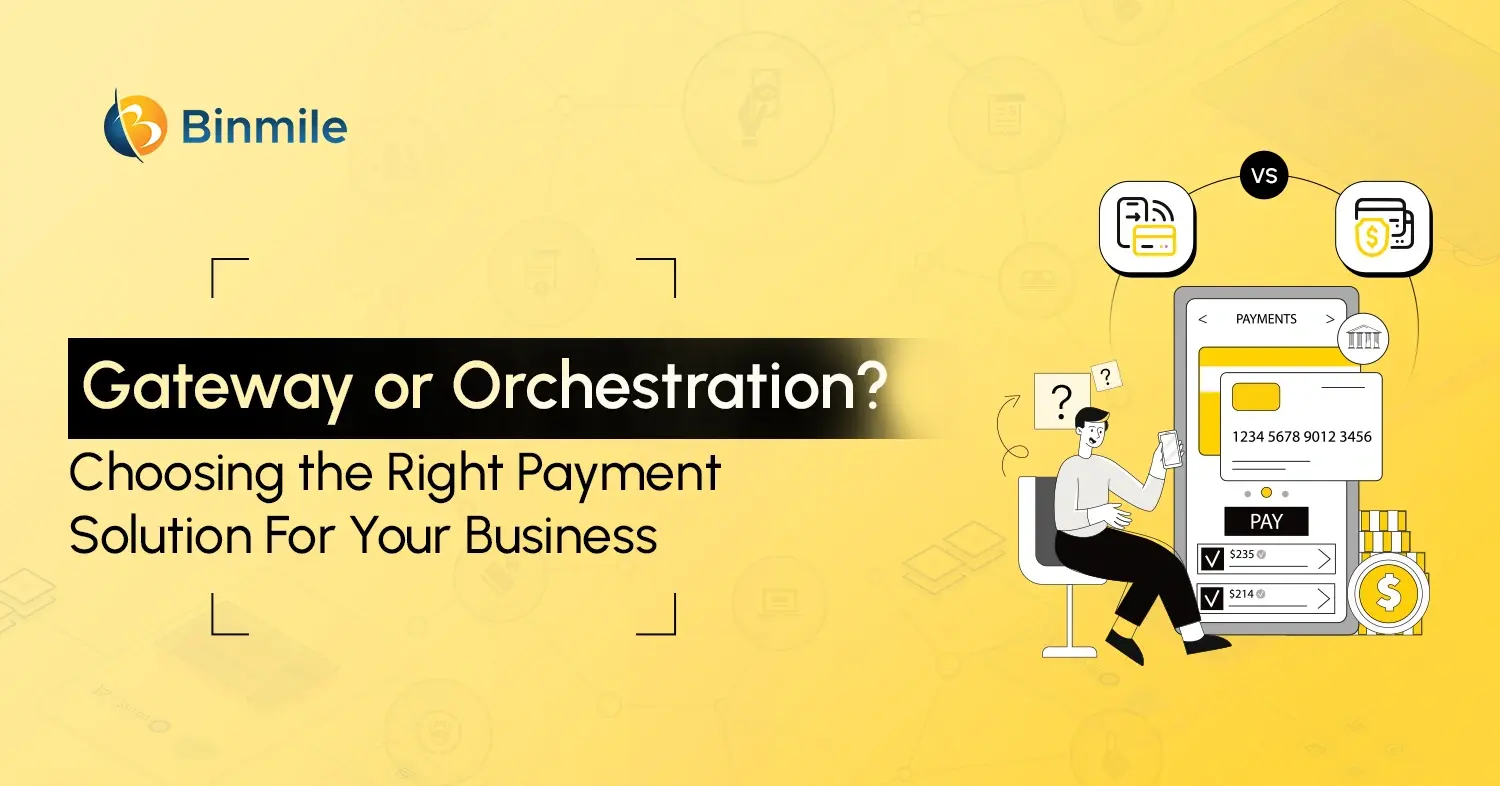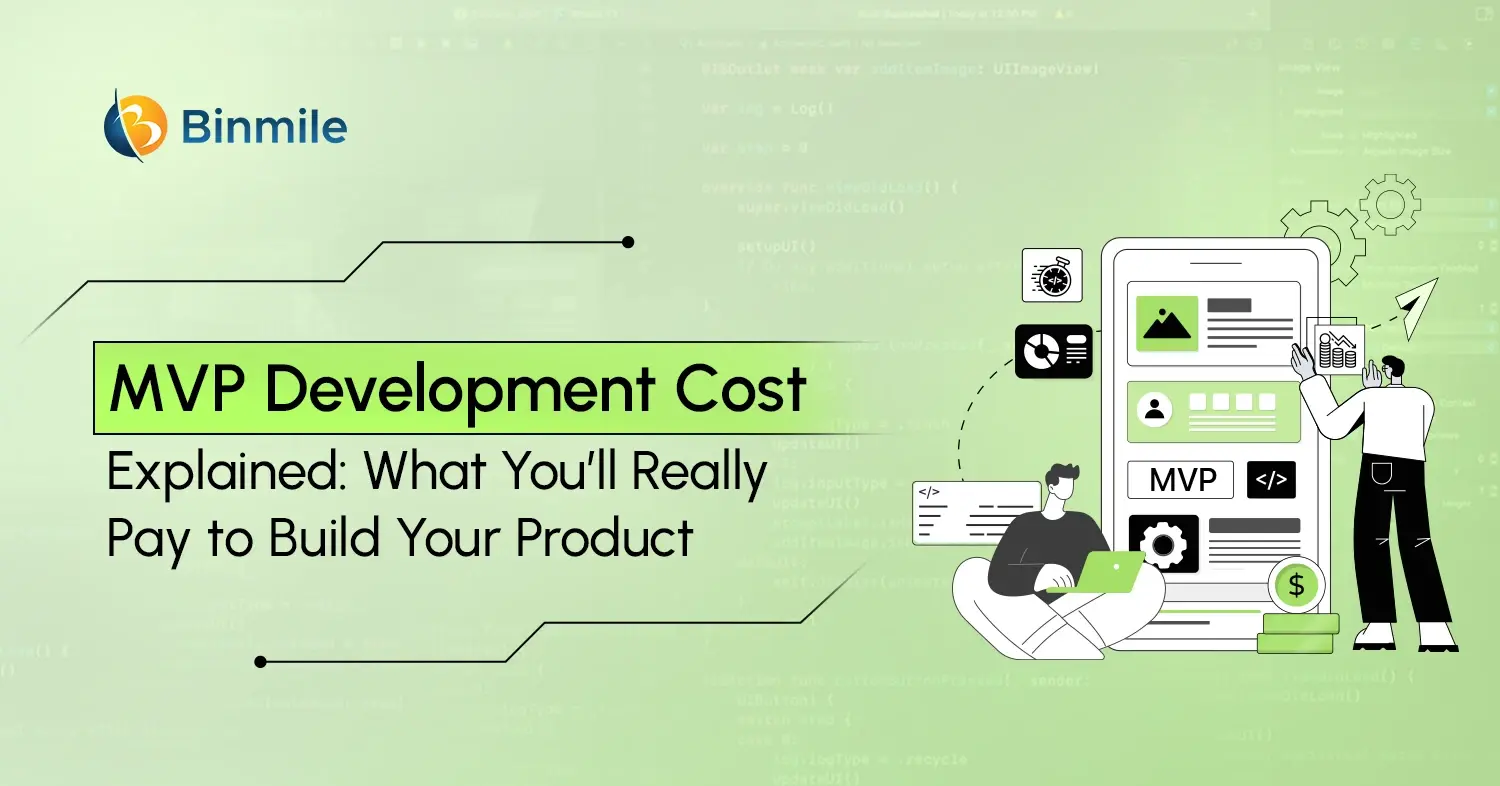MVPs (Minimum Viable Product) ensure the release of a simpler version of software or apps with core features rather than launching an entire fully functional product. This strategy helps businesses know the gap between their core concept and the actual viability of the product. Developing an MVP involves leveraging an efficient tech stack that also includes robust frameworks. These frameworks offer prebuilt components and reusable structures to build, reiterate, and test the product quickly. However, choosing the best framework for MVP development accelerates development and enhances code quality, leading to a more effective MVP launch.
With the right framework, businesses have the power to allocate more resources to functional logic and reduce the risks in the early stages of development. Popular frameworks, such as frontend frameworks (Next.js, Vue.js, Svelte) and backend frameworks (Ruby on Rails, Django, Laravel), come with their unique features. So, which is the right framework for your MVP development? In this blog, we will provide you with the best frameworks and their features. Additionally, we will share a few factors you need to consider so that you can find the best fit for your company’s specific goals.
Why Use a Framework in MVP Development?
Building an MVP can be a daunting task if the development process is not aligned with a more structured approach. Frameworks provide components like prebuilt libraries, automated optimization tools, security tools, reusable structures, etc. Using frameworks, businesses can encompass benefits such as:
- Rapid prototyping
- Boosting efficiency
- Seamless integration with third-party apps
- Reducing development overhead.
- Quicker time to market for products.
Top Frameworks to Build Your MVP in 2025
1: Next.js

Next.js is a React framework that enables developers to build high-quality applications with the help of fast load times and clean codebases. This frontend framework provides powerful React server components, built-in optimizations, and integrates well with databases and deployment platforms. It also has a larger community support that can help developers whenever they need a solution, reducing the development complexities.
Features:
- Built-in API routes help simplify navigation with the automatic creation of routes
- Server-Side Rendering (SSR) provides better indexing that leads to better visibility
- Incremental Static Regeneration (ISR) provides on-demand rebuilding functionality of static pages
- Image and Font Optimization improve UX and web core vitals
2: Vue.js

Vue.js is an open-source JavaScript frontend framework that offers a flexible yet versatile approach for building user interfaces. It works with a progressive strategy that breaks the application into pieces and builds it incrementally. In addition, with its easy learning curve and lightweight framework, developers can quickly learn, build, deploy, and speed up the overall process.
Features:
- Virtual representation of the DOM allows developers to create and update the UI structure without directly manipulating the real DOM
- Component-based architecture models help in building modular codebases
- With the two-way data binding technique, changes are reflected in both the UI and the data model
- Single-File Components (SFCs) promote the development of a single file that has different components
3: Svelte

Svelte is a JavaScript-based framework that is used to build interactive UI for web applications. This open-source frontend framework comes with reactive variables that can be easily created by adding $ at the start of the declaration of the variable. It provides faster app performance as it mostly works during the compilation process. This also reduces the execution of files and memory storage.
Features:
- No need for the virtual DOM as it helps in executing code directly into streamlined JavaScript, which automatically updates the real DOM
- Component-based architecture promotes modular code organization and helps in maintaining the reusable components
- Event handling with less code syntax helps streamline user interactions
- Incorporating CSS frameworks is easier as it prevents style conflicts using automatically scoped CSS
4: Ruby on Rails

Ruby on Rails is a backend development framework that is known for building rich and robust functional components with fewer Lines of Code (LOC). Written in the Ruby coding language, it offers extensive libraries and a reliable foundation, helping developers maintain web-based products strategically. Developers can leverage ready-to-use functionalities for creating repetitive activities such as forms, tables, and menus for the website.
Features:
- Action controllers help in managing and maintaining the model data flow
- Built-in testing tools allow developers to ensure code quality and manage the functionality
- Scaffolding feature helps in automating the general operations such as create, update, and delete
- With a convention-over-configuration approach, convention sets are needed for minimizing the configuration settings and boilerplate code
5: Django

Django is a high-level Python web framework that encourages developers to maintain clean code design, resulting in rapid development. It emphasizes reusability functionality and follows the implementation of APIs best practices, making it ideal for the finance industry. With rich documentation and an active community, it provides learning tutorials that developers can access if there are any project complexities.
Features:
- Built-in ORM (Object Relational Mapping) tool enables developers to manage interactions with databases using Python objects rather than SQL queries
- Security mechanisms minimize the risk associated with vulnerabilities such as SQL injection and XSS (Cross-Site Scripting)
- The URL routing approach helps maintain SEO-friendly URLs
- Admin Panel interface helps to perform CRUD (Create, Read, Update, Delete) operations easily
6: Laravel

Laravel is a free web application framework that provides functionalities to build web applications with its expressive and elegant style. It is built on the PHP programming language and includes PHP concepts such as OOP (Object-oriented programming), variables, arrays, etc. It is accessible in nature and provides tools for building large applications.
Features:
- With an Artisan command-line interface, it provides a number of commands to migrate data and manage databases
- Built-in authentication and authorization provide reliability to the web application
- Blade Template Engine helps to connect data models, process the code inside the tags, and then render the dynamic content as the HTML output
- The routing system manages and defines clear and consistent routing for the application
Factors to Consider When Choosing the Right MVP Framework
There is no one “perfect framework” when it comes to choosing the right one. By considering some parameters, businesses can identify the best approach that accurately aligns with their goals. Some of the factors that play a significant role in choosing the best frameworks are as follows.

1. Technical Requirements
The selected framework should perfectly align with the existing technology stack, ensuring a seamless collaboration between various development components and databases. Additionally, leveraging the use of widely popular MVP frameworks gives a slight benefit of having a large and active community of developers. In case of any queries and feedback, developers can reach out to more experienced users and ask for their understanding and participation.
2. Appropriate Budget
Selecting the right framework is a crucial aspect for your MVP development. Some frameworks come with better documentation and community support, which leads to faster development cycles and reduced development costs. Businesses should opt for a widely used open-source framework, as they provide more reusable resources than the costlier licensed frameworks.
3. Time-to-Market Delivery
When building a project with the best framework, rapid development speed is one of the crucial factors. The correct framework will have necessary built-in tools and reusable components, reducing the need for building all of the components from scratch. Developers can utilize their energy more on ensuring code quality, testing, and security measures. Implementing MVP development frameworks launches the product quickly, thus resulting in an improved time-to-market delivery speed.
4. Security
The right framework will provide detailed security standards for developing a robust architecture for an application. Essentially, some features that the chosen framework needs to include are data authentication, masking, DDoS protection, endpoint security, etc. This will allow businesses to easily integrate their product with third-party APIs or tools without the fear of security attacks.
5. Scalability
With increasing demand for the software or app, the right framework will scale up to meet these demands. It will also ensure a seamless incorporation with wider platforms. A scalable MVP framework can handle a high traffic of user base and data growth, which makes this factor essential for long-term growth. Additionally, a scalable framework will add new functionalities without compromising the stability and performance of the application.
Also Read: Steps to Choose Right MVP Development Partner
5 Easy Steps for Building an MVP Project

1: Conduct Market Research & Define Goals
Before starting the end-to-end MVP development, conducting market research and assessing business-specific goals is crucial. Identifying the goals and aligning them with the actual pain points of users directs the businesses in making a long-term agile product rather than just building a non-sustainable product. Ensuring that the product remains viable and visible, businesses need to take feedback from users after prototyping the product.
2: Choose the Right Framework
After the assessment of user needs and business-oriented goals, choosing the right framework is the next step for MVP development. The right framework will streamline the development process by providing a smooth integration with the other tech stack and databases. A well-suited framework that is suitably aligned with the team’s expertise increases productivity by minimizing the learning curve. Also, frameworks offer efficient modular structures that help reduce the development time.
3: Designing the Prototype
Now, the team has to focus on the design part using the chosen framework. This step includes building the prototype of the MVP with essential UI/UX components. Prototype refers to the functional form of your product idea. Team members can visualize and design an intuitive prototype using prebuilt wireframes and clickable mockups. By designing the prototype, teams can test and refine the product in the real targeted market before scaling out the fully functional MVP.
4: Development of the Actual MVP
The development phase begins with the implementation of the core functional product that is viable and in demand. Developing the MVP involves prioritizing the feedback of the users given by the prototype version. With the frameworks’ seamless integration functionality, teams can ensure the MVP is stable when incorporated into the existing tech stack. This way, teams can build, reiterate, and ensure that the product addresses the user feedback clearly.
5: Testing & Launching the MVP
After the development process is completed, teams need to test it thoroughly to assess the performance and functionality factors. If any uncovered bugs are found in this testing process, team members should improve those areas by resolving the bugs. After the major concerns are touched upon, the MVP is ready to launch in the targeted market. The MVP is not your final product. Gathering user feedback with the MVP helps develop a full-featured product with scalability.
Key Takeaways: Best Framework for MVP Development
Selecting the right MVP framework requires alignment with essential parameters such as goals, the team’s technical expertise, and the budget. For a modernized and SEO-friendly app, Next.js can be a great choice as it offers React server components. For businesses seeking a gentle learning curve, Vue.js offers its flexible learning capabilities.
On the other hand, for backend, Ruby on Rails offers its convention-over-configuration methodology in rapid MVP development. Meanwhile, Django offers advanced security measures, making it ideal for finance-related projects. Lastly, Laravel is a great option for businesses seeking out a rich ecosystem and expressive syntax. Each framework offers its significant features, as discussed earlier in this blog. Ultimately, partnering with a development company that offers MVP development services helps accelerate the process, reduce risk, and control development costs for your MVP development effectively.









